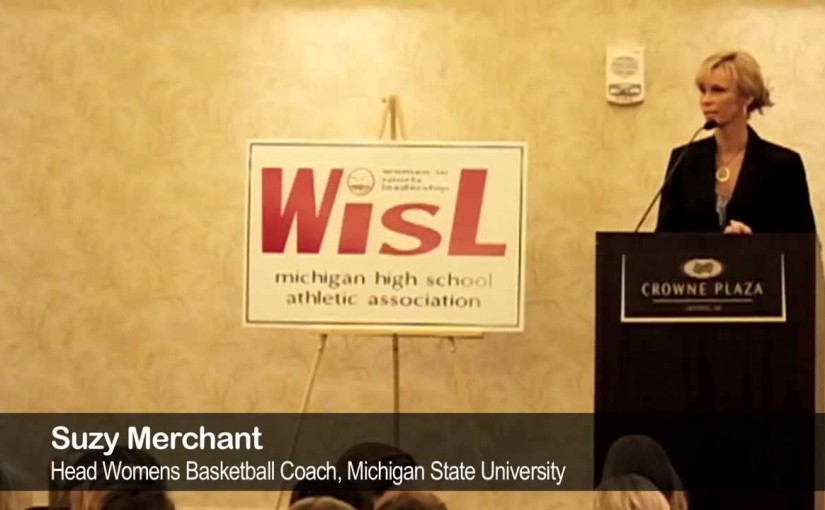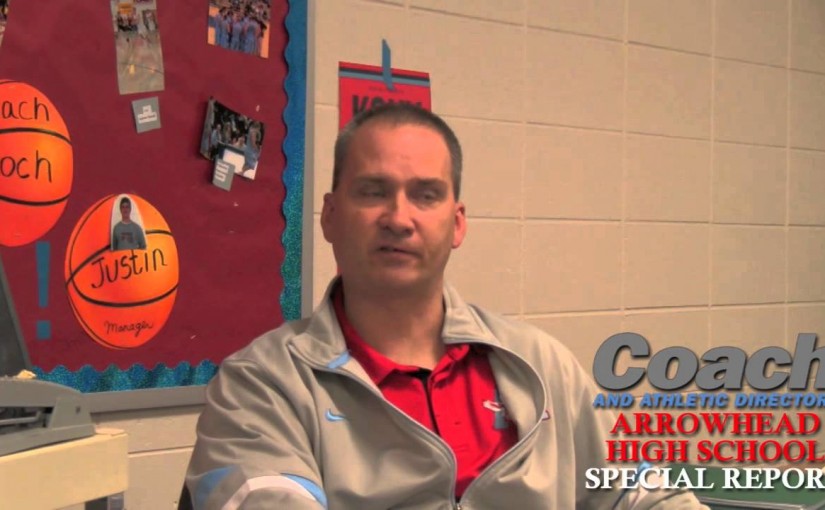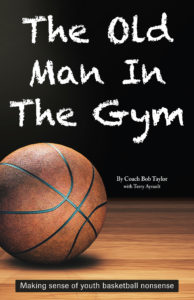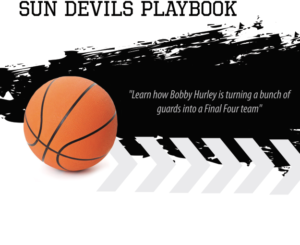Finding the Right Fit
Coaches dedicate countless hours conducting repetitive drills designed to improve their team performance, but most don’t give a second thought to the shoes their players are wearing.
That’s a critical mistake that results in injuries, decreased performance and other nuances that have teams limping through the season.
Unlike colleges, many high school athletic programs don’t have the benefit of an on-staff equipment manager who can correctly fit players with the right shoes to make them comfortable on the floor. That places the responsibility on individual sport coaches, who often rely on the athletes to tell them what fits and what doesn’t. And if the players are required to purchase shoes on their own, the results can be worse.
Improperly fit shoes can be a costly mistake, said Mike Royster, executive director of the Athletic Equipment Managers Association and assistant athletic director for facilities and equipment at the University of Tennessee-Chattanooga. Athletes may be able to provide valuable input, but they don’t always take all necessary factors into consideration when choosing shoes. That’s why coaches must lend a hand.
“It’s not that they’re lying, the kids just don’t know any better and they won’t tell you anything, Royster said. You have to be accurate about it.”
Just because high school programs don’t have an equipment manager doesn’t mean coaches can’t properly fit their athletes with shoes. Royster said there is one simple tool that will go a long way toward finding your athletes the right footwear: the Brannock Device.
The name may not sound familiar, but you’ve likely seen them before. These measuring instruments are a staple in all shoe stores, and Royster said they’re essential for sports programs that don’t have the luxury of an equipment manager working closely with athletes.
The Brannock Device can be purchased new for $68, affordable for even the most cash-strapped programs.
“That’s what we use to manage all our athletes, Royster said. It’s the simplest and quickest way to get the measurements and get them accurately.”
The biggest mistake that coaches and athletes make is they simply measure the length of a foot and find a shoe that fits. But there’s much more that goes into it.
The width is equally as important, Royster said, and the Brannock Device provides you with those measurements. Some manufacturers don’t offer a variety of wide shoes, so coaches may have to allow players to have different brands from the rest of the team.
Failing to provide wide shoes to players who need them could result in blisters or more severe injuries. When the feet are sore, athletes will slow down on the court, preventing them from giving maximum effort.
“You might have a coach who wants all kids wearing the same shoe, and sometimes it’s in the best interest of everyone if you don’t worry about that so much, Royster said. You might have them all wearing the same brand but not the same shoe because it might not necessarily fit their foot the right way.”
It’s also worth encouraging athletes to wear shoes that might be a half-size too big at the beginning of the season. Royster reminds coaches that high school athletes are in a period of rapid growth, and it’s possible that they might grow out of their shoe size by the end of the season.
Have athletes wear two socks on each foot to make up for the extra space in the larger shoes. It’s much easier to fit into a bigger shoe than to purchase new apparel halfway through the season. That’s something schools and athletes typically can’t afford.
The main idea is keeping athletes as comfortable and injury-free as possible. Consider all aspects of your team’s footwear and how even the smallest detail could hinder their performance.
“The most important thing is to have the proper fit and the proper equipment, Royster said. And you have to make sure they’re wearing it and using it.”









